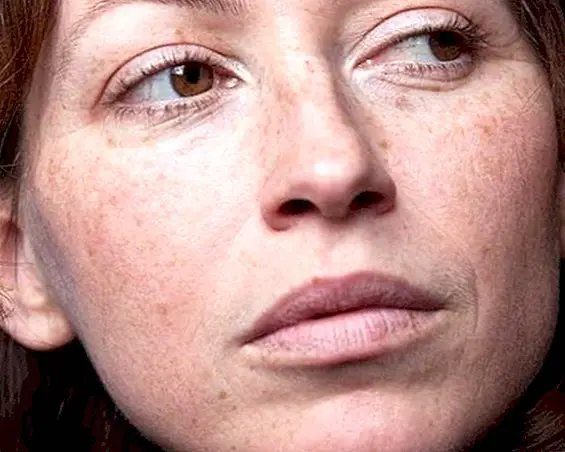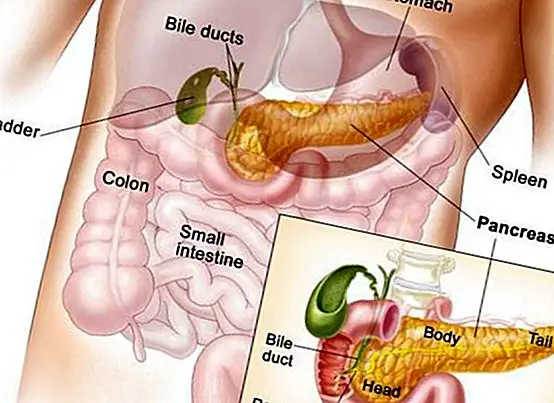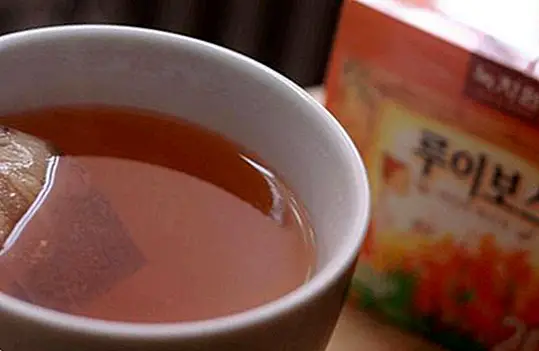When the child urinates on the bed: infant enuresis
It is known by children's enuresis to the persistence of uncontrolled urination beyond the age at which bladder control tends to be reached, age that is approximately between five and six years, when a child should be able to control his bowels and the desire to urinate during the night.
Depending on the time of the day it appears, we can classify it as diurnal enuresis and nocturnal enuresis. Indeed, while diurnal enuresis corresponds to the involuntary loss of urine when it occurs throughout the hours of the day, nocturnal enuresis is that which occurs at night, during the hours of sleep.

Specialists identify nocturnal enuresis as a parasomnia as well as night terrors and sleepwalking, so it is very common to occur during slow wave sleep. We must bear in mind that a parasomnia is a behavioral disorder that occurs during sleep, associated with brief or partial episodes of awakening, but without an interruption of sleep, or an alteration in the level of daytime wakefulness.
What is childhood enuresis? What does it consist of?
As indicated above, from a medical point of view it is medically understood enuresis to the persistence of uncontrolled urination beyond the age at which bladder control tends to be reached.
This age that is usually between five and six years, when the child already tends to be fully able to control their sphincters, and waking up in case you feel like urinating at night.
But to understand what enuresis is, we must first know what the bladder is. It is a body capable of adapting to the amount of liquid it contains, which is internally covered by a muscle that contracts when it is full, thus creating the sensation of a full bladder.

In the case of the child, we must bear in mind that we are all born with the micturition reflex; however, we are not aware of the aforementioned feeling of pressure until two or three years have passed, hence the age at which the elimination of urine is usually begun voluntarily.
However, when the child reaches the age of 4-6 years is not able to control their urine at night or throughout the day, and especially enuresis occurs twice a week in a period of 20 days is essential to go to the pediatrician's office.
Depending on the time of the day in which the enuresis manifests, it can be classified as:
- Diurnal: when the involuntary loss of urine occurs during daylight hours.
- Nighttime: when the involuntary loss of urine occurs during the hours of sleep.
As it is to imagine, the enuresis infantile is more habitual that it takes place during the night, being common that takes place during the denominated like slow wave dream.
Types of nocturnal enuresis
Primary nocturnal enuresis
While before 5 or 6 years of age, childhood enuresis tends to be considered as a normal feature of development, when this age is reached it is advisable to consult the pediatrician, since there could be a physical cause that causes its appearance.

It can happen that the child has a reduced bladder capacity and that this in turn is less elastic than usual, hence the need to eliminate urine more frequently.
There may be other causes, such as: developmental delay, sleep disorders, alterations in antidiuretic hormone levels, presence of neuroglycopenia (hypoglycaemia affecting the central nervous system in diabetic children), urinary tract infections or neurological disorders.
We can understand it as the enuresis that occurs in children who have never controlled the desire to urinate.
Secondary nocturnal enuresis
In most cases there may be psychological or emotional causes. For example, it is common for a child to begin to urinate in bed at night when he has been removed from his usual routine, as this creates insecurity.
Hence, it is common that after the birth of a new sibling or a change of school occurs, nocturnal enuresis can make an appearance.
We can understand it as the enuresis that appears in children who had already been able to control their desire to urinate, but then lost that capacity.

The treatment of nocturnal enuresis
The first step before offering adequate medical treatment is to distinguish between the presence of a first enuresis or a secondary enuresis, always taking into account the etiology of the condition.
For example, a primary enuresis may be an indication of diabetes or bladder problems. While a secondary enuresis may indicate the existence of sleep disorders or is related to psychological issues.
The most appropriate and recommended is always to go to the pediatrician when this problem occurs twice a week in a period of 20 days. This article is published for informational purposes only. You can not and should not replace the consultation with a Pediatrician. We advise you to consult your trusted pediatrician.


